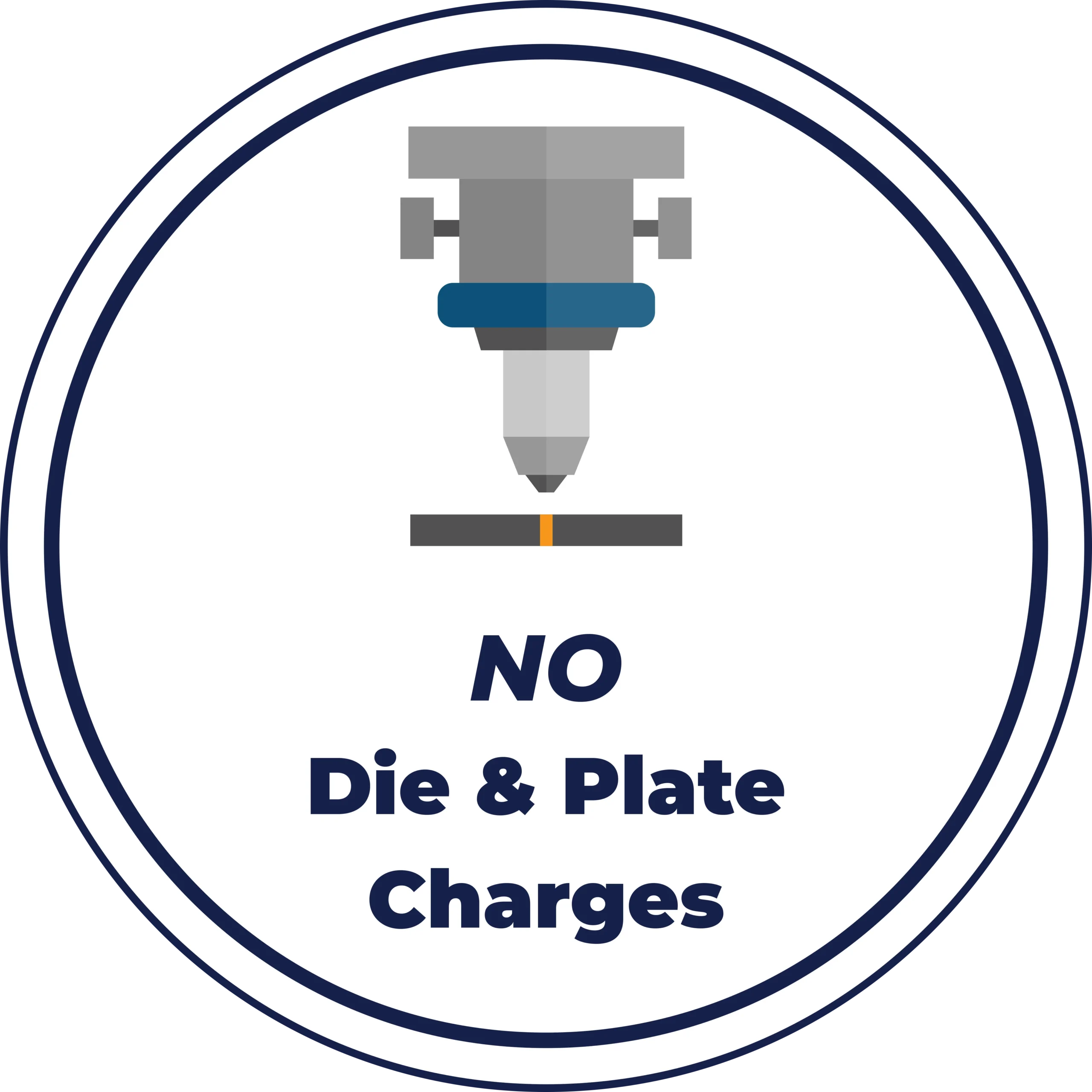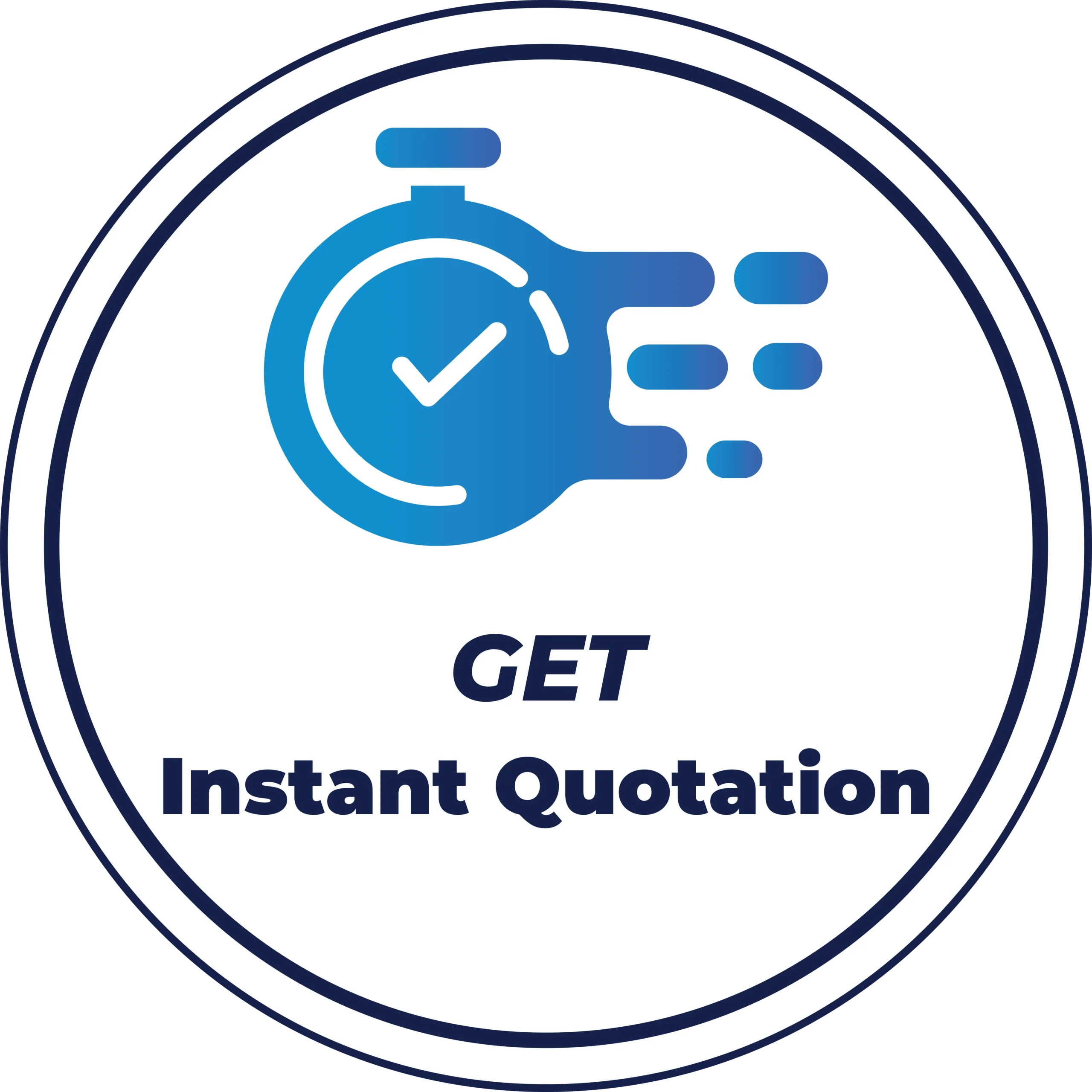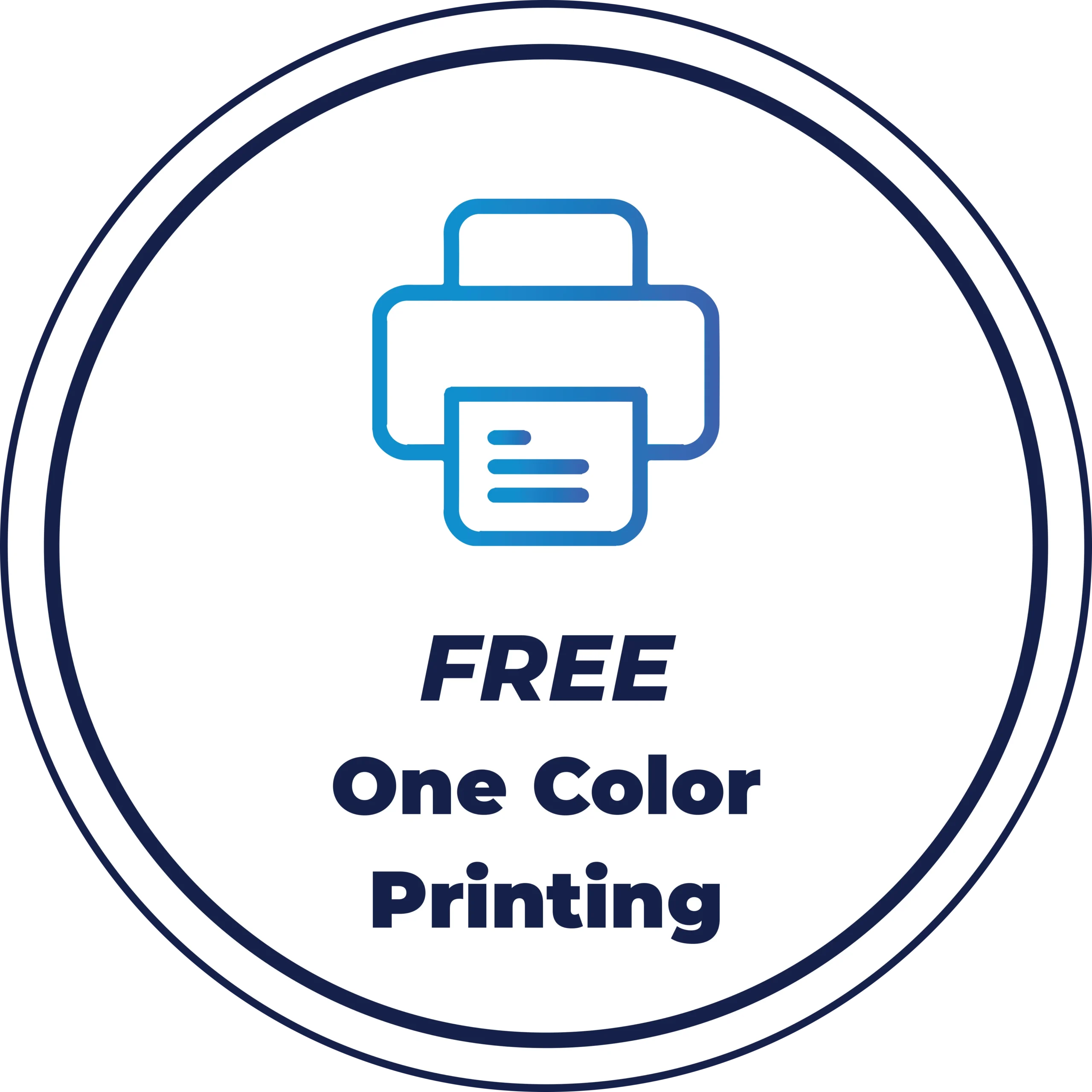Printing your documents is an easy task! This is what every beginner thinks. However, knowing all about printing options is crucial to get the right printouts of your documents. With a little mistake, you not only waste docs but also time and money. Collate is one of those printing options to do printing with the right order.
But that’s not all! Beyond literal meaning, I will explain what collate means in printing. Also, I will explain each important aspect of collating in printing.
Let’s start!
Collate Meaning:
Collate means to arrange pages or documents in a specific and logical order.
Definition of Collated Printing:
Collated printing refers to the printing option where multiple copies of a multi-page document are printed in the correct sequential order.
For instance, if you are printing a 10-page booklet about custom packaging and need three copies, the printer will give you three full booklets (pages 1 to 10 in order) instead of printing all page 1s together, all page 2s together, and so on.
Keeps Pages in Order: It ensures multi-page documents are printed in the correct sequence.
Saves Time & Effort: No need to manually sort pages after printing, making workflow smoother.
Ideal Option: This option is perfect for manuals, presentations, and documents that require a structured format.
Easy to Bind & Staple: Since pages are already arranged, binding or stapling is quicker and hassle-free.
Professional Look: They enhance the presentation of printed materials for meetings, clients, or distribution.
Prevents Page Mixing: Such printing options reduce errors by avoiding misplaced or shuffled pages in important documents.
Compatibility: Most modern printers offer a collate option. Therefore, it is accessible and easy to use.
Collated printing arranges pages in the correct order for each copy. For example, if printing three copies of a 5-page document, the printer will produce:
Set 1: Page 1, Page 2, Page 3, Page 4, Page 5
Set 2: Page 1, Page 2, Page 3, Page 4, Page 5
Set 3: Page 1, Page 2, Page 3, Page 4, Page 5
So, it prints complete and organized sets in order.
Uncollated printing groups the same pages together instead of creating full sets. Using the same 5-page document example, the printer will produce:
3 copies of Page 1
3 copies of Page 2
3 copies of Page 3
3 copies of Page 4
3 copies of Page 5
So, it prints all copies of each page before moving to the next.
| Features | Collated Printing | Uncollated Printing |
| Page Order | Sequential (1,2,3…) per set | Grouped by page (all 1s, all 2s…) |
| Sorting Needed? | No, ready to use | Yes, if an order is required |
| Best For | Booklets, reports, manuals | Handouts, flyers, forms |
| Printing Speed | Slightly slower | Faster |
| Common Uses | Presentations, brochures | Tickets, & worksheets |
You should use collated printing for saving time and accuracy. With collated printing, you get bundles of your documents printed within a click without sorting out all the pages one by one Whether you’re printing for branded packaging samples or printed Mylar bags, this feature ensures an organized and efficient printing process. In simple words, it is a way to print your docs by leveraging technology instead of relying on manual printing.
You should use this feature when you have multi-page documents. It is not easy to print multi-page docs one by one and staple them. Instead, you can use collate printing to get all your work done properly. Even more, you can use this printing option when you want your pages in the correct sequence for the right binding and stapling.
Automatic collating is the simplest way to organize multi-page documents. Most modern multifunction printers come with a “collate” button that automatically arranges pages in the correct order during printing. This feature is ideal for standard booklets, reports, and presentations. Some advanced printers can even switch paper types within the same job using designated cassettes. This automation saves time and reduces errors. Also, such automatic work makes it the preferred choice for large-scale printing projects.
On the other hand, manual collating is necessary when a print job requires special customization, such as inserting dividers, mixing different paper stocks, or adding specialty pages. For example, if you are printing a training manual with section dividers, you may need to print the standard pages separately from the dividers and manually assemble them afterward. While manual collating allows for greater customization, it requires more time and effort. Understanding your printer’s capabilities and the needs of your project will help you decide whether to rely on automation or handle collation manually.
| Aspect | Automatic Collating | Manual Collating |
| Definition | Printer arranges pages in order automatically. | Pages are sorted and arranged by hand. |
| Speed | Fast and efficient for large print jobs. | Time-consuming, especially for bulk printing. |
| Effort Required | Minimal—just select the collate option before printing. | Requires manual sorting and organizing. |
| Best For | Reports, booklets, and presentations with standard pages. | Documents needing dividers, mixed paper types, or special inserts. |
| Error Risk | Low | Higher |
| Customization | Limited | Highly customizable |
| Printer Requirement | Requires a printer with a collate function. | No special printer needed, just manual effort. |
When I first started printing large documents, I often found myself confused about how to enable or disable the collation feature. If you’re working with a printer connected to a client operating system, you’ll need to access the print settings through the print dialogue box. Here, you’ll find the collate option, which you can toggle on or off depending on your needs. The software that comes with your printer might have different instructions, so checking the user manual or the manufacturer’s website can be helpful.
Sometimes, when dealing with a new printer, I’ve had to look up extra instructions online. If you’re unsure, a quick search on Google can point you in the right direction. Over time, I realized that different printers handle collation in their own way, and understanding your device’s settings saves a lot of frustration. Whether you’re printing booklets, single sheets, or even custom paper bags, knowing how to adjust the collate function ensures that your prints come out exactly as expected. This feature helps maintain order and consistency, especially when handling bulk printing for packaging or branding materials.
Selecting collated printing is simple and can be done across various devices and software. In most cases, the collate option is enabled by default, but it’s always good to double-check before printing.
So, now you have a complete idea about the term collate in printing! Indeed, collate simply means the right order that indicates the proper printing of multi page docs properly. Unlike uncollated printing, collated printing is a fast, accurate and easy option. Also, you can use this printing technique on different devices because all modern printers come with this feature.









© The Box Zilla 2025 — All rights reserved